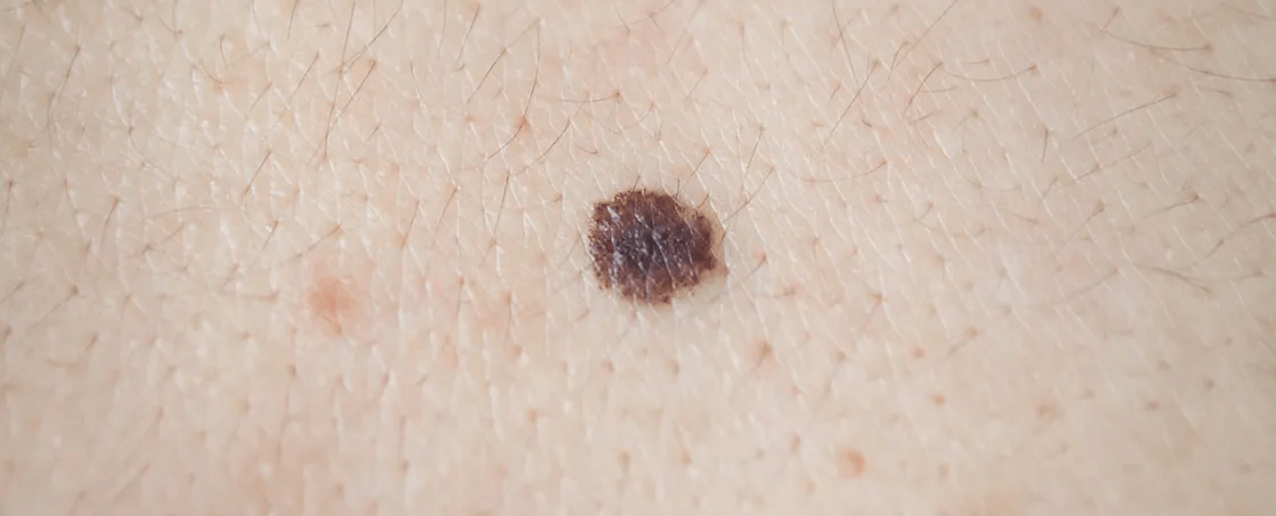WHAT IS MELANOMA SKIN CANCER?
London Dermatology | 31 August 2024
Melanoma (skin cancer) is the 5th most common cancer in the UK. 16,700 people are diagnosed with melanoma each year. Melanoma can happen at any age but is most common among 75 and over.
If you are concerned about a changing mole , this article explains some of the signs of skin cancer so you can check your skin. There are three main types of skin cancer:
- Malignant melanoma
- Basal cell carcinoma (BCC)
- Squamous cell carcinoma (SCC)
BCC and SCC are types of non-melanoma skin cancers . If you notice that you have a lesion that looks unusual and has symptoms such as itchiness, bleeding, and/or crusting, we advise you to visit Devonshire Dermatology for further checks.
Melanoma is a type of skin cancer that usually starts within a mole or in normal-looking skin. It can develop anywhere on the body – even underexposed parts such as nail beds and soles of your feet.
When looking for signs of melanoma, it is important to remember the ABCDE rule. Follow our guide to see if a spot or mark on your skin may be a sign of melanoma.
Asymmetry – This means that one part of the mole is not like the other half. Does the mole look the same on the right side as on the left?
Border – Melanoma often has irregular, ragged, notched, or blurred edges.
Colour – If a spot is more than one colour or uneven in colour, it could be a sign of cancer. The colours of melanoma can include shades of brown or black and patches of pink, red, white, or blue.
Diameter – A large skin growth may be a sign of cancer. If you notice that the mole is larger than 0.5cm across, check your mark with a professional.
Evolving – Evolving also means change. Melanoma may change in size, shape, colour, or pattern. Ensure you check if your mark has any of these changes.

